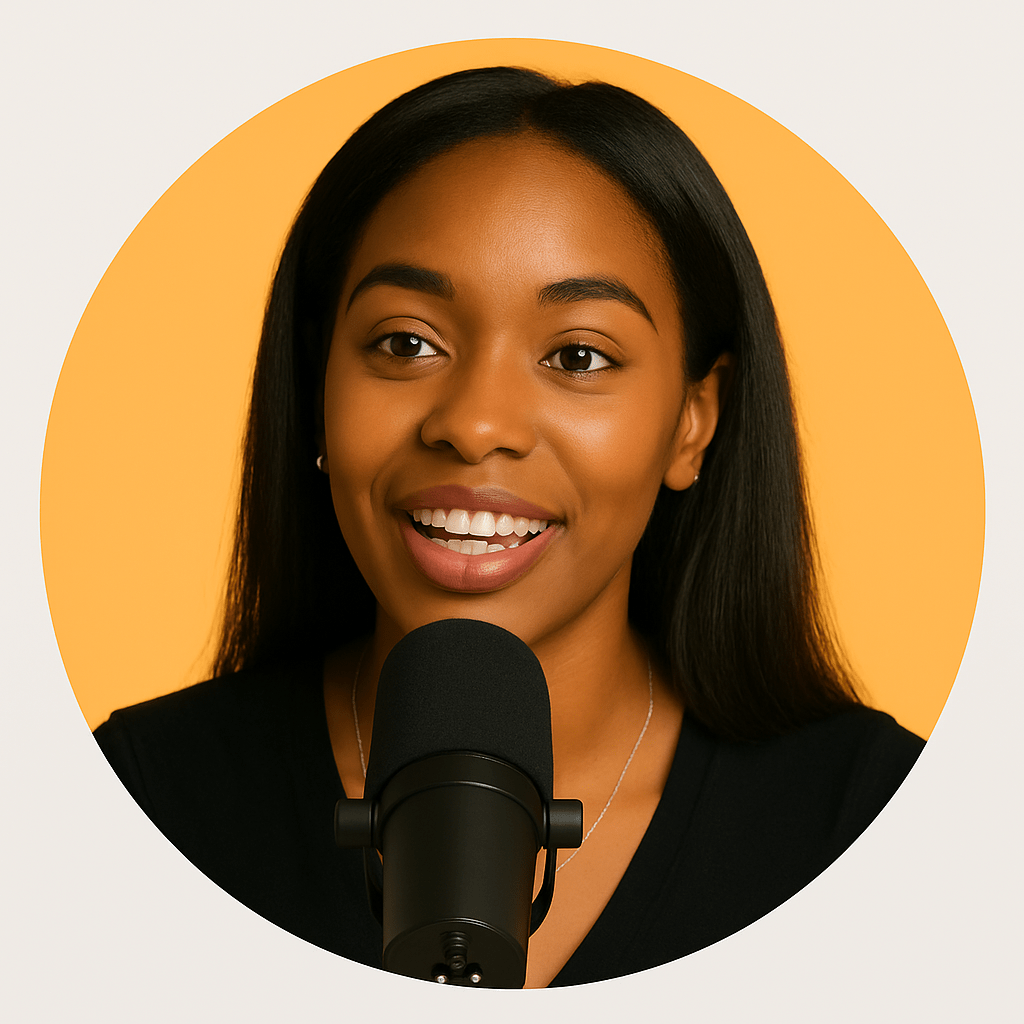Recording yourself alongside your screen creates more engaging content by adding a personal touch to tutorials, presentations, and demonstrations. This comprehensive guide covers various methods and tools for simultaneous screen and webcam recording on any laptop.
Why Record Screen and Camera Together
Builds connection with viewers through face visibility. Enhances engagement in educational content. Provides non-verbal communication cues. Shows reactions during gameplay or demos. Creates professional-looking tutorials. Allows for picture-in-picture presentation style.
Using OBS Studio (Free Solution)
Add Display Capture source for screen. Add Video Capture Device for webcam. Position webcam feed as desired overlay. Resize and crop webcam to preference. Configure audio from microphone. Record everything to single video file.
Platform-Specific Solutions
Mac: QuickTime with third-party apps for overlay. Windows: Game Bar limited, need additional tools. Loom: Built-in screen and camera recording. ShotVu: Browser-based dual recording. Camtasia: Professional editing included. ScreenFlow: Mac-specific professional option.
Webcam Positioning Options
Corner overlay: Traditional picture-in-picture. Side-by-side: Equal focus on both. Floating bubble: Moveable during recording. Green screen: Professional background removal. Circle crop: Modern, clean appearance. Custom shapes: Branded presentations.
Technical Setup Tips
Position laptop at eye level for better angle. Use external webcam for quality improvement. Ensure good lighting on your face. Check background for distractions. Test audio levels from both sources. Use external microphone if possible.
Performance Optimization
Recording both sources increases CPU usage. Lower webcam resolution if needed (720p sufficient). Use hardware encoding when available. Close unnecessary background applications. Consider external GPU for older laptops. Monitor temperature during long sessions.
Creative Layout Ideas
Switch between full screen and PiP dynamically. Use virtual backgrounds for professionalism. Add branded overlays and borders. Implement smooth transitions between views. Create custom scenes for different segments. Use multi-camera angles if available.
Common Challenges and Solutions
Sync issues: Use single software for both sources. CPU overload: Lower recording quality settings. Storage space: Use external drives for long recordings. Webcam conflicts: Ensure one app has access. Audio echo: Use headphones while recording. Focus problems: Set manual focus if possible.
Best Practices
Always do a test recording first. Maintain eye contact with camera. Use gestures to enhance explanations. Keep webcam feed small enough not to obstruct. Practice switching between looking at screen and camera. Edit out unnecessary webcam footage later.





